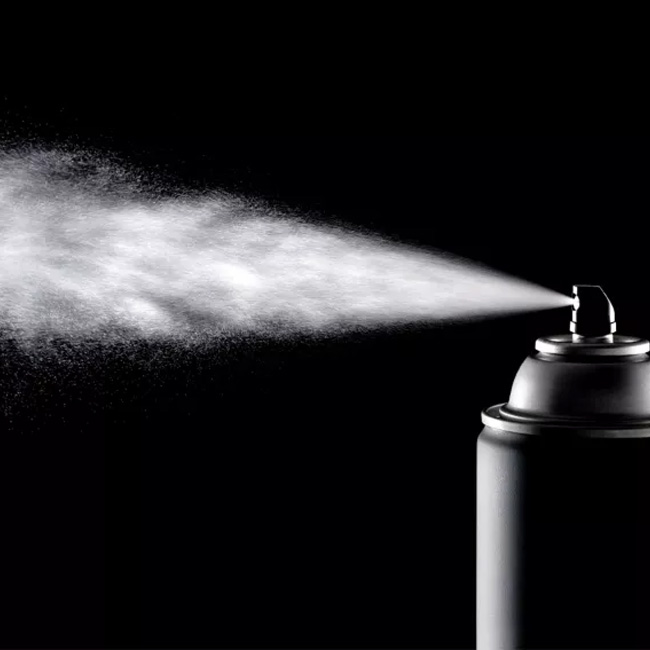Propellant

Introduction to Propellants
Propellants are substances used to generate thrust, primarily in applications such as aerosols, cosmetic sprays, and medical inhalers. They work by using internal gas pressure to expel contents in a fine mist or spray. Propellants are categorized into liquefied gas propellants (e.g., dimethyl ether, liquefied petroleum gas) and compressed gas propellants (e.g., carbon dioxide, nitrogen). Liquefied gas propellants are widely used due to their excellent volatility and performance.
The Role of Dimethyl Ether (DME) as a Propellant
Dimethyl ether (DME) is a key liquefied gas propellant with stable chemical properties and high volatility. It helps to effectively expel contents and ensures consistent atomization quality.
Major Application Areas:
Pharmaceuticals: Used in inhalable aerosols for treating conditions like asthma and COPD.
Cosmetics: Commonly applied in products like hairsprays, perfumes, and styling sprays.
Industrial Use: Employed in aerosolized cleaning agents, lubricants, and other industrial spray products.
Advantages of Dimethyl Ether as a Propellant
Superior Atomization
DME has low surface tension, ensuring fine and uniform dispersion of spray products.
High Safety
DME is non-toxic and residue-free, with minimal odor, making it especially suitable for pharmaceutical and cosmetic applications.
Environmentally Friendly
DME does not harm the ozone layer and can replace traditional propellants like CFCs that are detrimental to the environment.
It evaporates without leaving secondary pollution, meeting modern environmental standards.
Ease of Storage and Transport
DME liquefies under moderate pressure (5–7 bar at room temperature), making it easy to store and transport while reducing equipment costs.
Cost-effective
DME has relatively low production costs and can be mass-produced using existing technologies, making it ideal for commercial use.
Industry Advantages of Dimethyl Ether as a Propellant
Growing Market Demand
DME is increasingly preferred in the aerosol and spray product sectors due to its outstanding performance, with its market applications expanding rapidly.
Policy Support
As environmental regulations tighten, DME has gained widespread support as a green propellant from governments and industries alike.
Technological and Resource Advantages
DME production is mature and can be sourced from coal, natural gas, and biomass, ensuring stable and sustainable supply chains.
Strong Compatibility
DME can directly replace traditional liquefied petroleum gas (LPG) or CFCs, easily integrating into existing production equipment and packaging processes, minimizing transition costs.
Conclusion
Dimethyl ether, with its excellent atomization performance, high safety profile, and environmentally friendly nature, plays a crucial role as a propellant in pharmaceuticals, cosmetics, and industrial spray products. As a green propellant, DME not only meets increasingly stringent environmental regulations but also drives the aerosol industry toward greater efficiency and sustainability, with vast market potential.